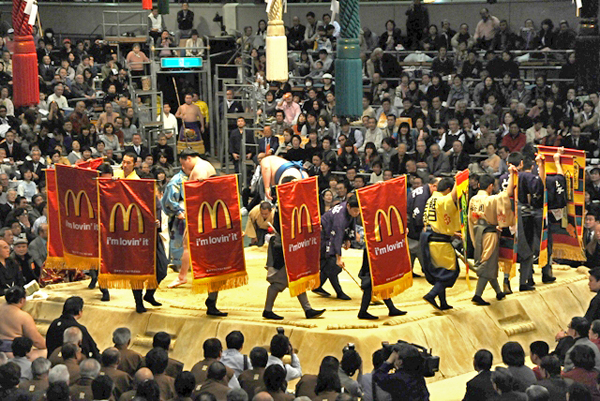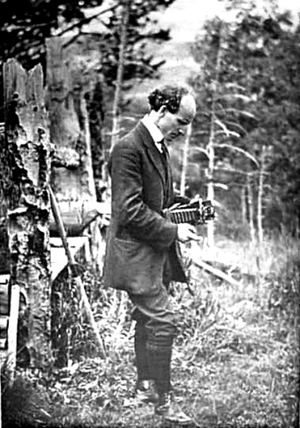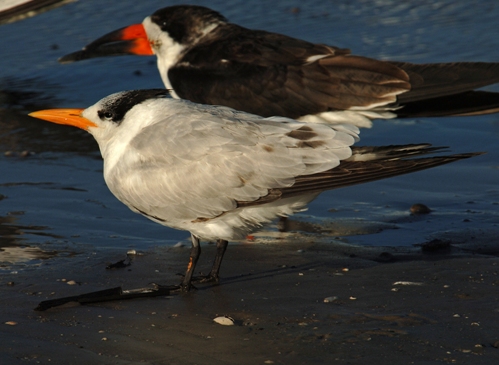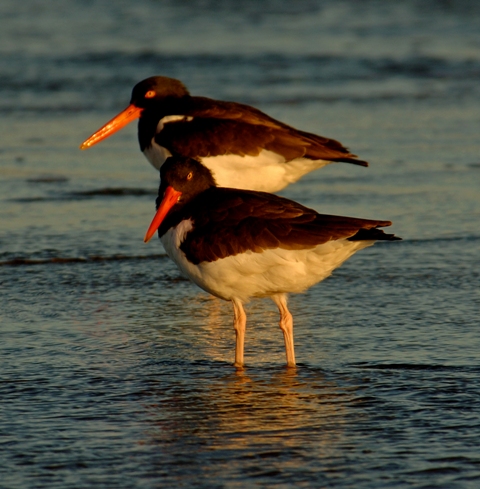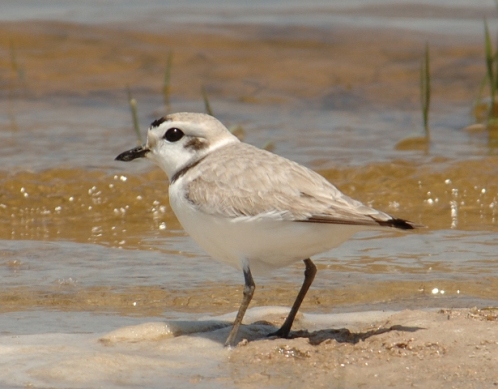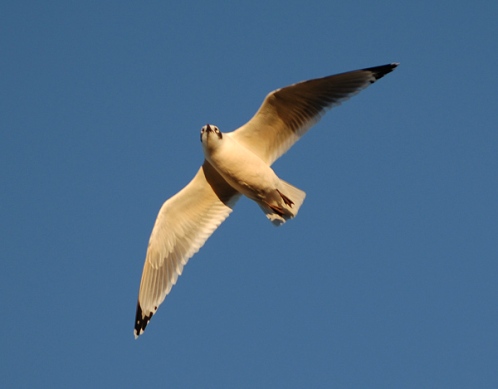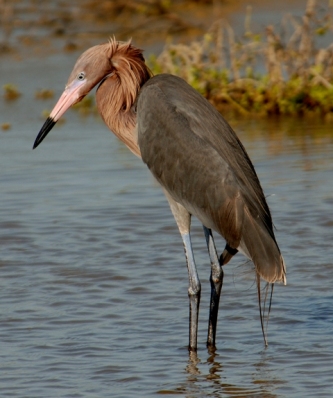The most important environmental issue is one that is rarely mentioned, and that is the lack of a conservation ethic in our culture—Gaylord Nelson
Gifford Pinchot popularized, rather than coined, the word conservation. He placed his mark on the word by combining conservation with ethic, embedding his concept of conservation in an almost forgotten book The Fight for Conservation. Aldo Leopold followed with the Land Ethic which states that conservation is a state of harmony between men and land. For the past century American conservation has heeded these tenets.
Yet even Leopold spoke of the difficulties in applying these rules, these ethics. In Land Ethic Leopold asks the following:
Despite nearly a century of propaganda, conservation still proceeds at a snail’s pace; progress still consists largely letterhead pieties and conventional oratory. On the back forty we still slip two steps backward for each forward stride. The usual answer to this dilemma is ‘more conservation education.’ No one will debate this, but is it certain that on the volume of education needs stepping up? Is something lacking in the content as well?
Walter Russell Mead has recently written that the environmental movement has “become the voice of the establishment, of the tenured, of the technocrats.” Leopold spoke of “letterhead pieties and conventional oratory.” Edward Abbey said “that which today calls itself science gives us more and more information, and indigestible glut of information, and less and less understanding.” What all are saying (or at least implying) is that conservation, to remain relevant, must constantly evolve. Yet as conservation has become more business and less movement, the forces constraining evolution have become increasingly restrictive and dampening. At these junctures evolution must become revolution.
Over a decade ago I served on the board of the National Audubon Society. One spring we met in Jamestown, North Dakota, where we continued with our debates and discussions about a new strategic plan for the Society. I recall sitting in the Holiday Inn, unable to sleep, and slipping over to my computer to write a section of the plan that I called the culture of conservation. Although the board at that time adopted my thoughts, not long after I left the board the concept vacated as well.
Now I want my idea back.
As I have written before, the conservation and environmental movements (which I will simplify to movement) have been signaled onto the wrong track. I will avoid the Casey Jones analogy, but my message is the same. I see trouble ahead, and trouble behind. Once an organic, social phenomenon, the movement has sacrificed its soul in the pursuit of efficiency and currency. Most environmental organizations are well-meaning, highly educated, and effectively isolated from the fabric of everyday life in America.
Here are a few off-the-cuff examples. In the U.S. two out of three Americans are white, non-Hispanic (according to the census bureau). About 16% of Americans are Hispanic, and around 13% are black. I know of no environmental organization, agency, or department where employment or membership remotely reflects these percentages. The environmental movement, save environmental justice, remains lily white.
In the U.S., only 27 percent of the population has earned a college degree. Only 8.9 percent of Americans have a Masters’ Degree and only 3 percent have earned a PhD. Yet the conservation and resource agencies and organizations usually require an advanced degree as a term of employment. We are white and egg-heads.
Environmental threats occur in every state. In recent years, for example, the Gulf of Mexico (Katrina, Ike, the BP gusher, the dead zone) has been a hot spot. Rural communities are often disproportionately at risk, for example the Marcellus Shale play in Pennsylvania and New York states. Yet the national environmental groups office in the largest cities in the U.S., and at the edges of the country. Here are a few examples:
National Audubon Society – New York City
Defenders of Wildlife – Washington D.C.
National Wildlife Federation – Washington D.C.
American Bird Conservancy – Washington D.C.
Environmental Defense Fund – New York City
The Conservation Fund – Washington D.C.
Defenders of Wildlife – Washington D.C.
The Trust for Public Land – San Francisco
The Sierra Club – San Francisco
I remember an Audubon board meeting that I helped arrange in McAllen, Texas. The board and dozens of staff members would be coming to southmost Texas for this meeting. I recall one of the young female staff members cornering me before the meeting, asking me if it would be safe to drink the water.
I mention this not to embarrass the Audubon staff. I only want to illustrate my point about the groups being culturally, educationally, and geographically remote.
The environmental problems and threats we face in this country are relevant to everyman, not just white, educated urbanites. The average American earns less than $40,000 annually, does not have a college education, and is left wondering why he or she should give a damn about something as amorphous and ill-defined as global warming. We in the environmental movement may be convinced of the facts, and smugly certain of our position, but science does not win elections or hearts. The average American must understand enough to care, and care enough to vote. At this moment, he and she do neither.
You say you want a revolution? Begin and end with the people.
Lincoln said:
I am a firm believer in the people. If given the truth, they can be depended upon to meet any national crisis. The great point is to bring them the real facts.
By real facts Lincoln did not mean the obscure, confusing, and tiresome arguments that only serve to alienate our audience. For example, I believe that most people understand that millions of gallons of oil pouring into the Gulf of Mexico is not a good thing. What most do not understand are the endless arguments between experts. We speculate about lost oil while Governor Barbour howls about lost jobs. We debate the pros and cons of cleaning birds while Governor Jindal promises to clean house. We aim for the head, they for the heart.
I realize that the terms grassroots and ground up are hackneyed and shopworn. This does not mean that the words are not true, even if overused. Few of the national environmental organizations are of the grassroots form. Sierra has a local chapter structure, and a few have state offices. Audubon had the most distributed, community-level organization of them all, with hundreds of local chapters. Yet over the past several years Audubon has moved away from chapters and more toward state offices and centers. The Tea Party has shown the efficacy of working at the community, even district, level. Our movement, in contrast, has spent the last decade consolidating and distancing itself from the hoi polloi.
Here is an example. A close friend in Houston wrote me to ask about volunteer opportunities to help with the Gulf gusher. Her daughter had a few free weeks of summer break to spend, and she desperately wanted to help. She called Audubon and asked about opportunities, and received the fundraising spiel in return. Ted Williams recently wrote in Audubon magazine that “the very last thing Gulf Coast birds need are well-meaning amateurs crashing through nesting habitat.” Dead wrong, Ted. What the movement needs is those 17,000 potential volunteers to become crusaders, and what better way to engage them than through their willingness to pitch in and help. We would all agree that nesting areas would be off limits to the uninitiated. But that leaves the vast majority of the shore eligible for cleaning by volunteers.
Our movement has become Conservation Inc. We need to step forward to the past, and spark conservation back to life.
Walter Russell Mead notes the following:
Intellectually and culturally, environmentalists came out of the same movement as critics of crude urban development like Jane Jacob (The Death and Life of Great American Cities). They celebrated the diverse local, small-scale adaptations that reflected the knowledge of communities as opposed to the grandiose plans of the social engineers.
Precisely. Jane Jacobs dug in against Robert Moses and the planners who would have stripped New York of the diversity that is its hallmark. She worked at the neighborhood level, yet argued that her concepts also had application on a global scale. Jacobs spent her life concerned with city culture, and the ways in which enlightened, empowered citizens can persevere. I will argue that conservation is a community as well, peopled by well meaning, dedicated citizens that simply need to be empowered, enlightened, and appreciated.
A small group of thoughtful people could change the world. Indeed, it’s the only thing that ever has—Margaret Mead
Yes, a small group of people can provoke a cultural shift. Change is contingent on these provocateurs, the tiny legion willing to face friend and foe alike. My previous article focused on one of these provocateurs, Drew Wheelan. Drew is a person willing to allow the public to see a problem (the Gulf gusher) through his eyes. We need more of his kind to help us drag this movement out of the muck. I am not arguing that the ecocrats and Conservation Inc. should go away. We need all the help we can get. I am arguing, though, that we need to quickly reintroduce ourselves to our neighbors and ask for their help, not just their money. In this we are years behind, so we have little time to waste.
This is just the first part of a rewriting of conservation and the movement that needs to take place. Future articles will address additional steps in the process. But without the public, there is no movement. Let’s take it to the street.
Ted Lee Eubanks
10 Sep 2010
